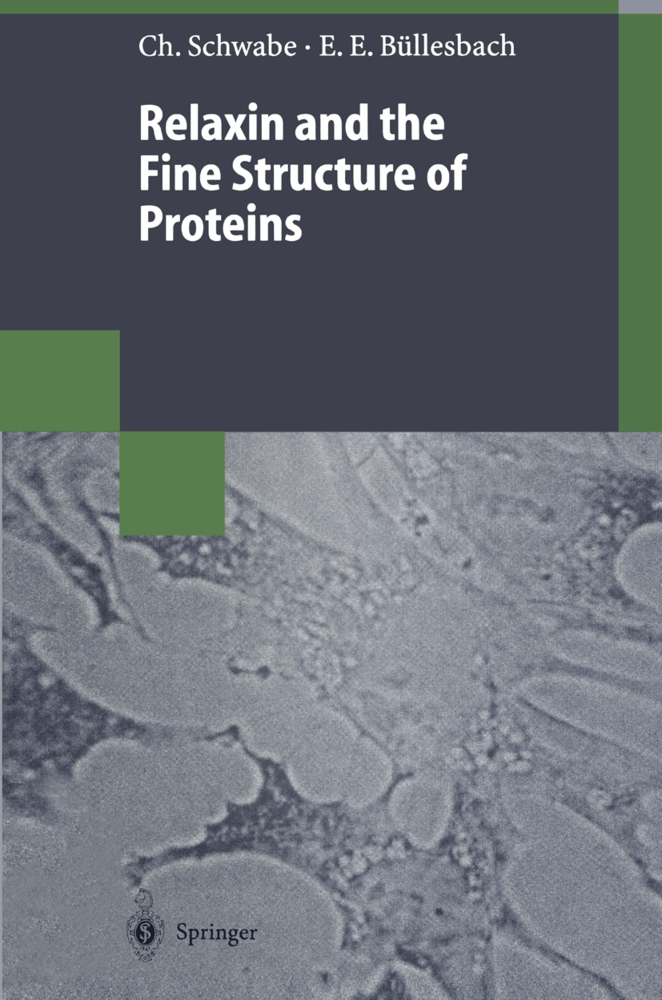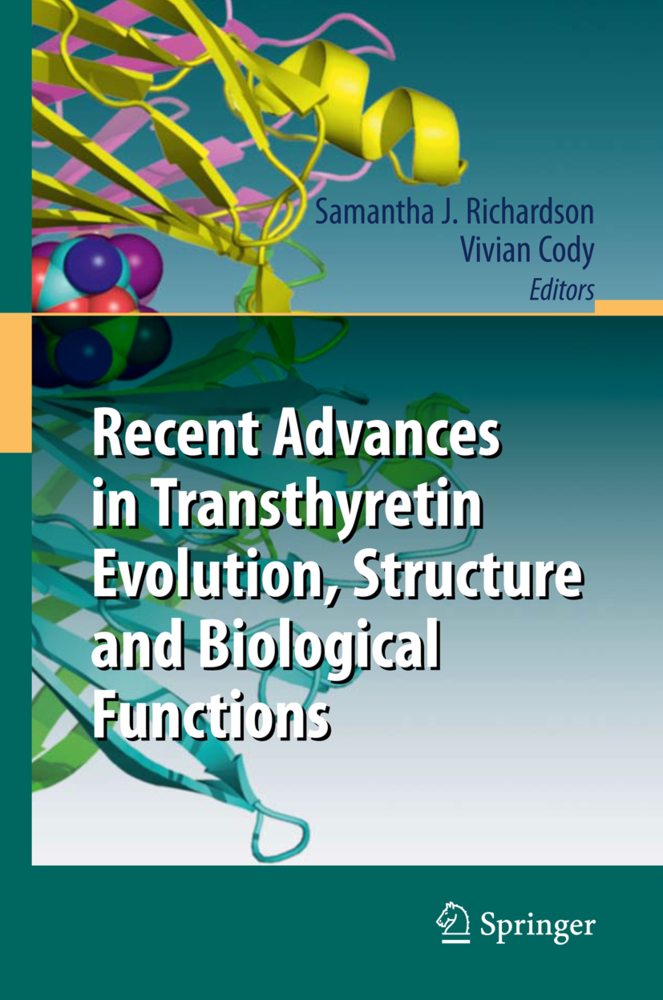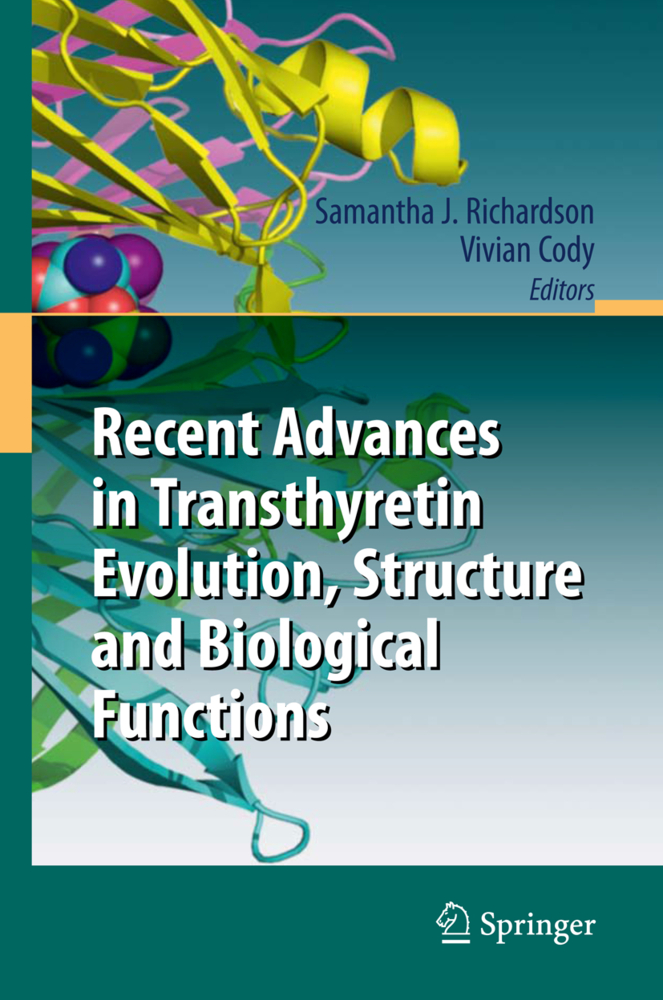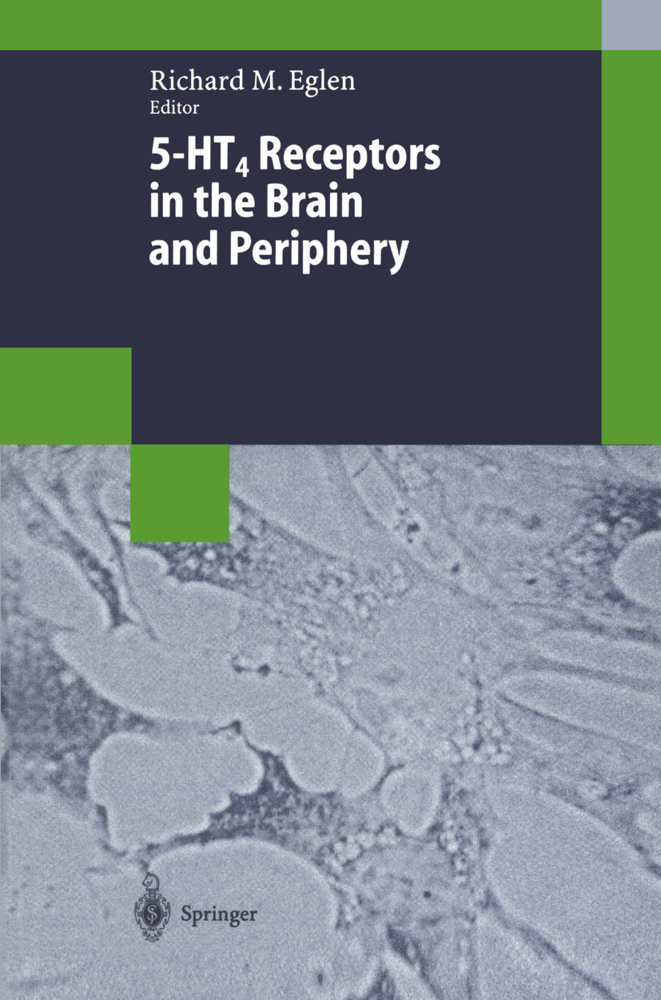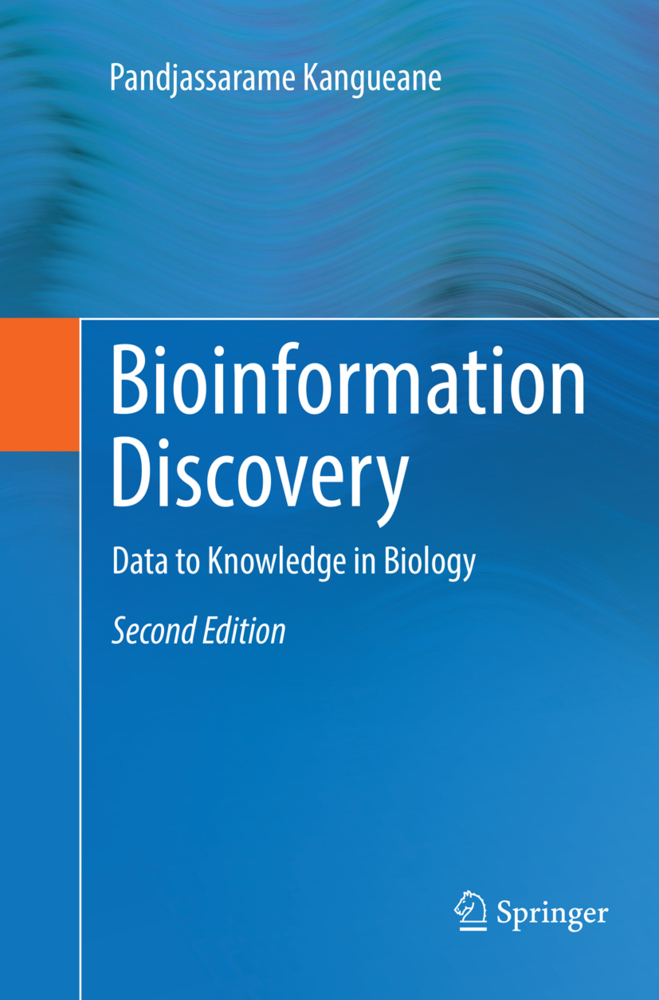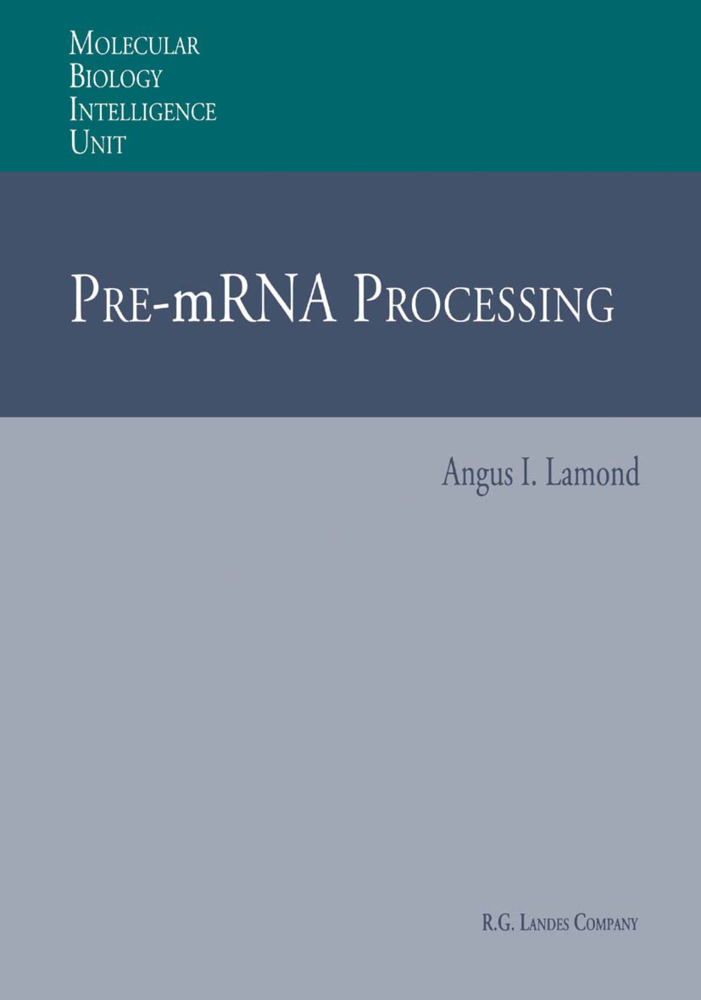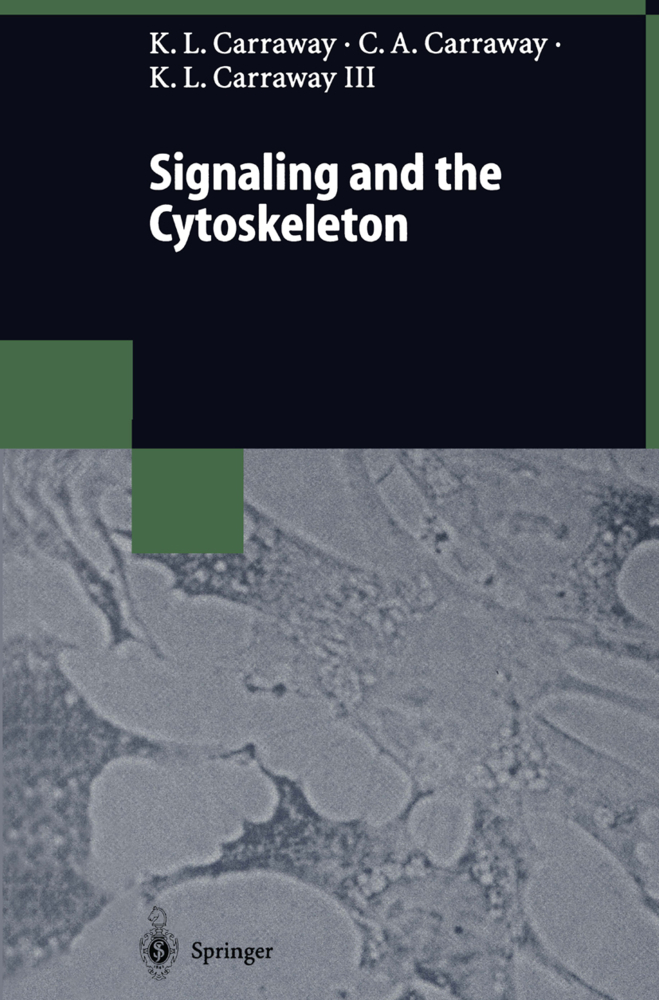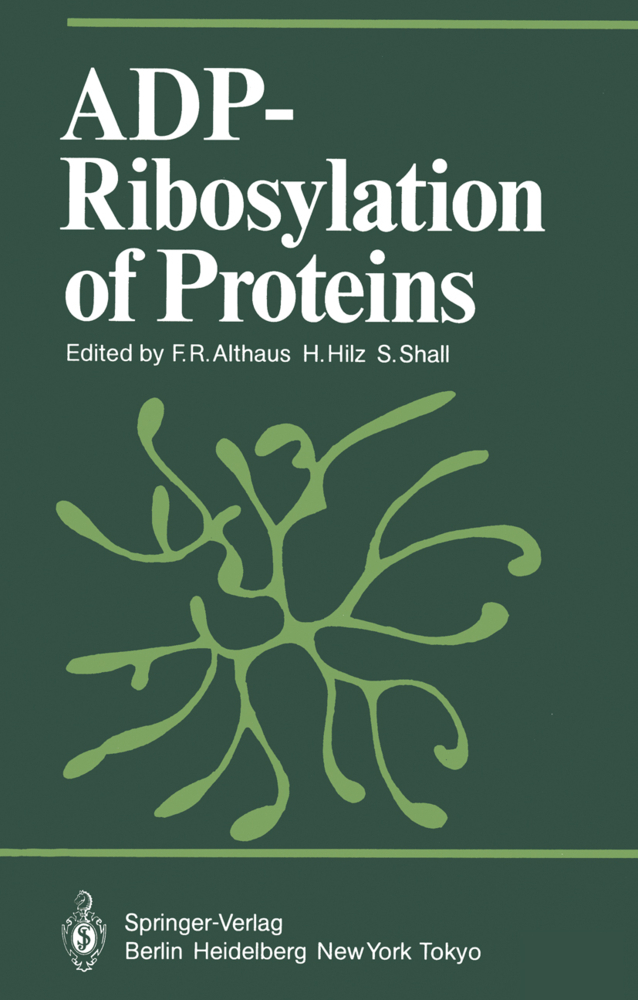Relaxin and the Fine Structure of Proteins
Relaxin and the Fine Structure of Proteins
Relaxin, perhaps more than any other hormone, has a varied history of eliciting enthusiasm, rejection, skepticism, and long lapses of neglect. Long after its discovery, it was a hormone in search of a physiological role in humans. Today, relaxin is implicated in mammary growth, development and function, ionotropic and chronotropic action on the heart, and angiogenic activity in both the peripheral tissues and the endometrium. It is best known for its effect on the uterus and the symphysis pubis in preparation for parturition. However, the literature suggests that not all functions occur in one species. This book describes how to obtain the necessary molecules or derivatives for research, reaching right into the design of new molecules for specific applications.
3. The Relaxin Insulin-Like Motif in Protein Structures
4. Other Mammalian and Chondrichtian Relaxins
5. Isolation and Sequence Analysis of Porcine Relaxin
6. The Initial Approach to Receptor-Binding Site Studies
7. The N-Terminal Region of the Relaxin A Chain
8. The Total Synthesis of Human Relaxin
9. Analytic of the Prototype
10. The Receptor-Binding Site of Relaxin
11. Merely a G (Glycine)
12. The Development of Insulaxin, The First True "Zwitterhormon"
13. A Surprising Message from Murines
14. The Mouse, a Very Small Rat, a Very Big Mistake
15. Retro-D-Relaxin
16. The Relaxin-Like Factor
17. The Relaxin Receptor
18. Relaxin as a Drug
19. Relaxin and Genealogy
Color Figures.
1. Introduction
2. A Very Brief History3. The Relaxin Insulin-Like Motif in Protein Structures
4. Other Mammalian and Chondrichtian Relaxins
5. Isolation and Sequence Analysis of Porcine Relaxin
6. The Initial Approach to Receptor-Binding Site Studies
7. The N-Terminal Region of the Relaxin A Chain
8. The Total Synthesis of Human Relaxin
9. Analytic of the Prototype
10. The Receptor-Binding Site of Relaxin
11. Merely a G (Glycine)
12. The Development of Insulaxin, The First True "Zwitterhormon"
13. A Surprising Message from Murines
14. The Mouse, a Very Small Rat, a Very Big Mistake
15. Retro-D-Relaxin
16. The Relaxin-Like Factor
17. The Relaxin Receptor
18. Relaxin as a Drug
19. Relaxin and Genealogy
Color Figures.
Schwabe, Christian
Büllesbach, Erika E.
| ISBN | 978-3-662-12911-1 |
|---|---|
| Artikelnummer | 9783662129111 |
| Medientyp | Buch |
| Auflage | Softcover reprint of the original 1st ed. 1998 |
| Copyrightjahr | 2013 |
| Verlag | Springer, Berlin |
| Umfang | XI, 200 Seiten |
| Abbildungen | XI, 200 p. 112 illus., 21 illus. in color. |
| Sprache | Englisch |

